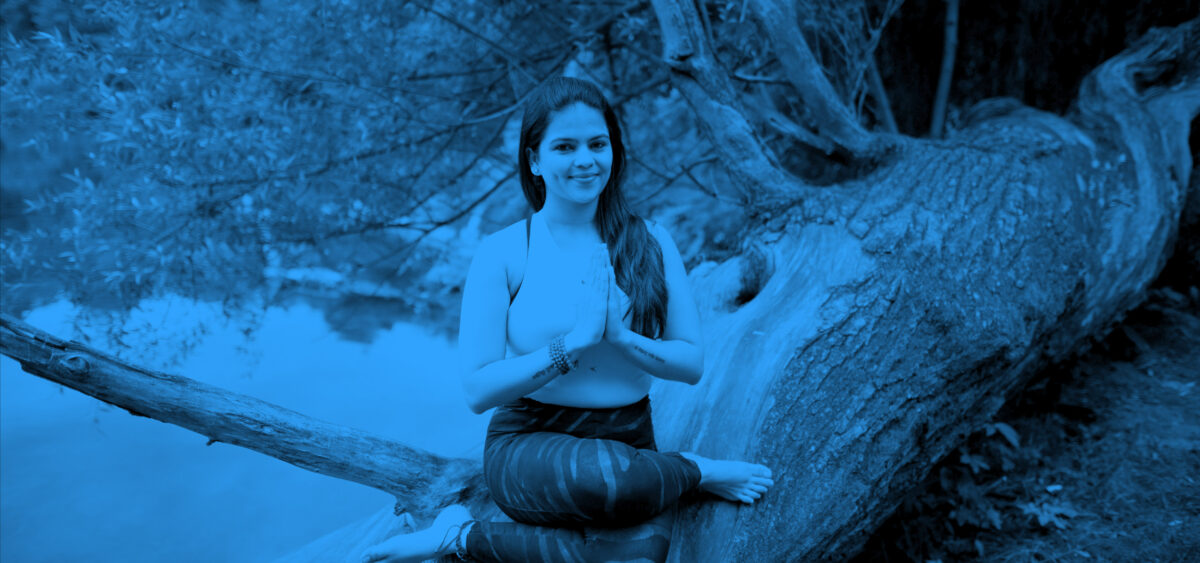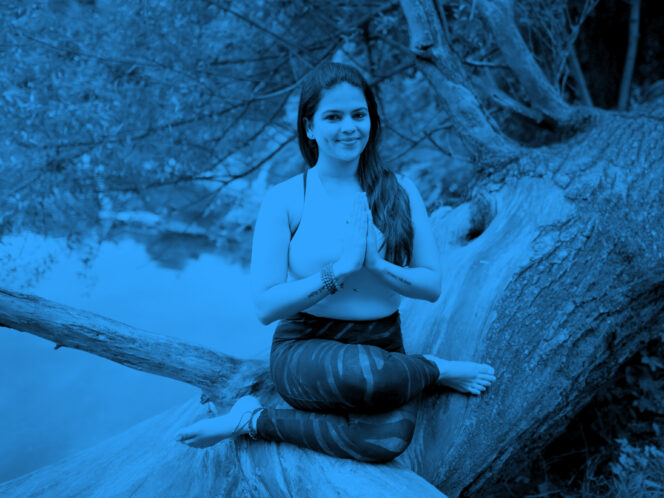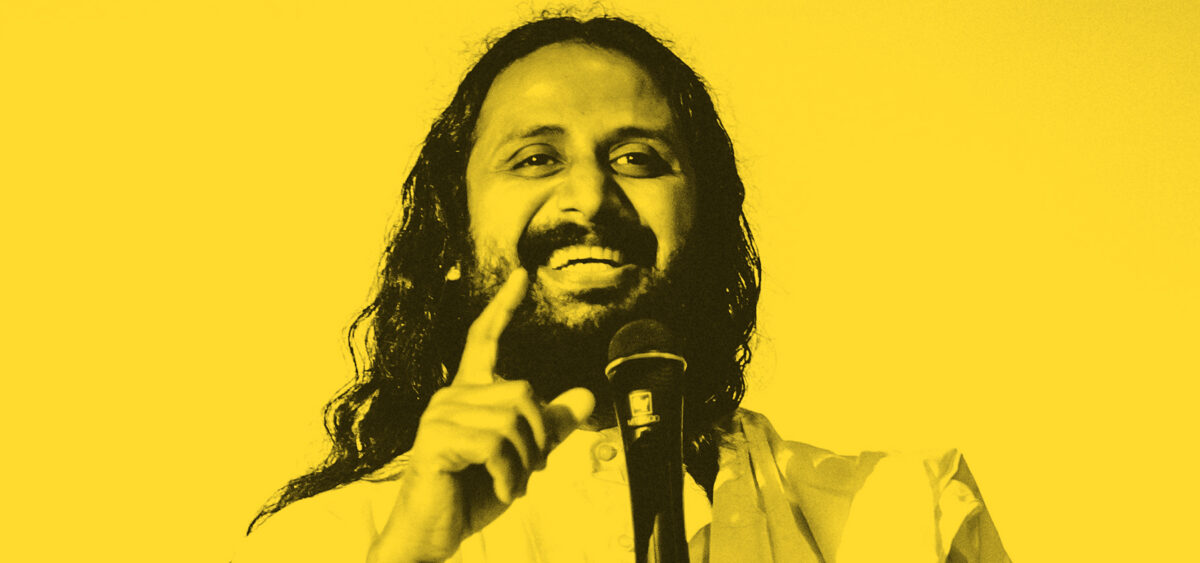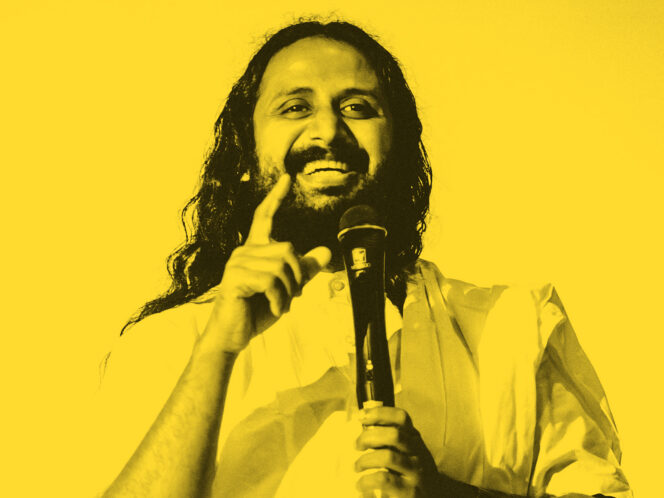
How yoga championships are more about respecting your limitations than overcoming them, how to choose a teacher and style that suits you, and what the point is of teaching yoga to children. Agnieszka Rostkowska talks with Kirti Gahlawat, a winner of multiple world championship medals in yoga.
Kirti Gahlawat was considered a golden child. She won seven gold medals in the Indian National Yoga Championship, and three gold medals and a silver medal at the International Yoga Championship. Yet she is so humble that I had to Google those statistics—she didn’t want to brag about it. But when it comes to yoga, she can go on for hours! These days, Kirti Gahlawat dedicates herself to promoting yoga in Europe, primarily in Poland.
Agnieszka Rostkowska: How can yoga, which is not only a physical but also spiritual practice, be judged in championships as if it were a typical sport?
Kirti Gahlawat: The judges assess mostly asanas, meaning the physical form of practice. There are categories—beginner, intermediate, and advanced—and set parameters or guidelines, which you use to prepare yourself. For example, everybody should be able to hold the basic asanas like Vrksasana, the tree pose, for one minute with ease. As written in the most classic text on yoga, The Yoga Sutras of Patanjali, “a yoga posture should be steady and comfortable.”
If you hold your asana with a lot of strain, discomfort, or even pain, the judges will immediately notice it and tell you that you have joined the championship too early. There is no power play here; it is not about who holds it longer, but about the technique and coordination with the breath: when and how you inhale and








